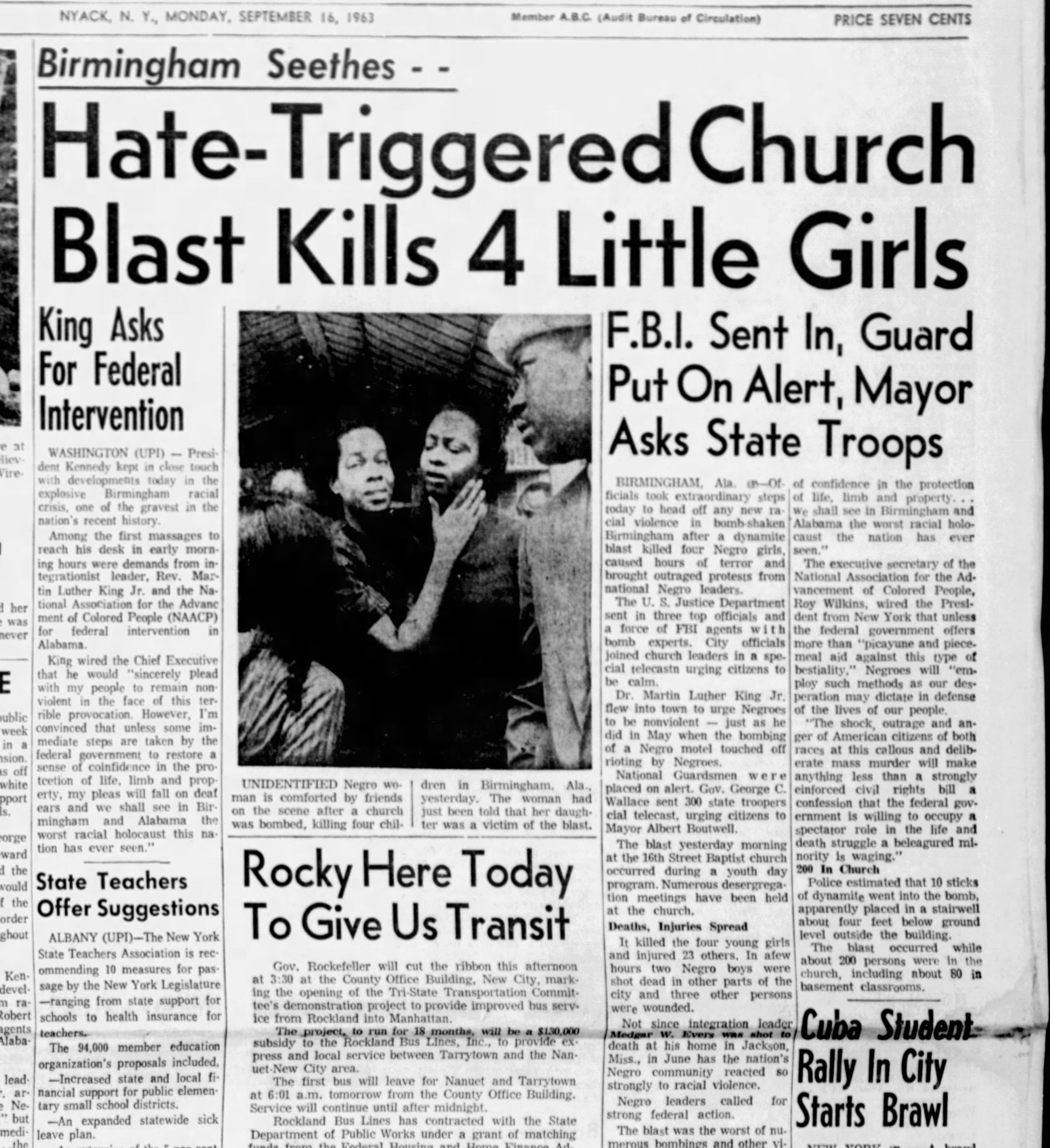Getting My News Articles To Work
Table of ContentsThe smart Trick of News Articles That Nobody is Talking AboutNews Articles Fundamentals ExplainedThe Only Guide for News ArticlesThe smart Trick of News Articles That Nobody is Talking AboutThe smart Trick of News Articles That Nobody is Discussing
Good expertise of different topics provides students an one-upmanship over their peers. Although digital and social media sites are easily available, we need to not forget exactly how essential it is to review the newspapers. Moms and dads need to try and instill the practice of reviewing a newspaper as an everyday routine to continue the heritage of the revered print tool.News stories additionally consist of at least one of the complying with crucial features relative to the intended audience: distance, importance, timeliness, human passion, peculiarity, or repercussion.
Within these limitations, news stories additionally aim to be detailed. Among the larger and more reputable papers, fairness and balance is a significant variable in offering details.
Papers with a global target market, for example, often tend to utilize an extra formal design of writing. News Articles.; usual style overviews include the and the United States News Style Publication.
The smart Trick of News Articles That Nobody is Discussing
As a policy, reporters will not make use of a lengthy word when a brief one will certainly do. News writers try to prevent using the same word much more than once in a paragraph (occasionally called an "resemble" or "word mirror").
Headings often omit the subject (e.g., "Jumps From Watercraft, Catches in Wheel") or verb (e.g., "Pet cat lady fortunate"). A subhead (likewise subhed, sub-headline, subheading, subtitle, deck or dek) can be either a subordinate title under the major heading, or the heading of a subsection of the post. It is a heading that precedes the main message, or a group of paragraphs of the primary text.

of a write-up topic, source, or interviewee), it is referred to as a pulled quotation or pull quote. Added billboards of any of these types may show up later in the short article (particularly on subsequent pages) to attract more reading. Journalistic websites in some cases use animation techniques to swap one billboard for another (e.g.
The Only Guide for News Articles
Such billboards are also made use of as pointers to the write-up in various other sections of the publication or site, or as promotions for the item in other magazine or sites. Press release of the Swiss federal government. Normal structure with title, lead paragraph (recap in vibrant), other paragraphs (details) and call info.

Instance of a hard-lead paragraph NASA is recommending another space project. The firm's spending plan demand, revealed today, included a plan to send another goal to the Moon. This moment the firm wants to develop a long-lasting facility as a jumping-off point for other space journeys. The spending plan requests roughly $10 billion for the project.
The NASA news came as the firm asked for $10 billion of appropriations for the job. An "off-lead" is the second most vital front web page news of the day. The off-lead shows up either in the top left edge, next page or straight below the lead on the. To "bury the lead" is to begin the write-up with history info or details of second relevance to the visitors, forcing them to find out more deeply right into a post than they ought to need to in order to find the important factors.
How News Articles can Save You Time, Stress, and Money.
Common usage is that a person or 2 sentences each create their very own paragraph. Reporters usually explain the company or framework of a click to read news tale as an upside down pyramid. The important and most fascinating components of a story are put at the start, with sustaining details adhering to in order of diminishing significance.
It permits individuals to discover a subject to just the depth that their interest takes them, and without the charge of information or subtleties that they can consider irrelevant, but still making that information readily available to more interested visitors. The upside down pyramid framework additionally allows posts to be cut to any type of approximate length during design, to fit in the space available.
Some writers begin their tales with the "1-2-3 lead", yet there are lots of type of lead offered. This style usually begins with a "Five Ws" opening up paragraph (as defined over), adhered to by an indirect quote that offers to sustain a major element of the first paragraph, and after that a direct quote to support the indirect quote. [] A kicker can refer to several points: The last tale in the news program; a "satisfied" story to end the show.
Longer posts, such as publication cover write-ups and the items that lead the within sections of a newspaper, are referred to as. Feature tales differ from straight news in numerous means. Foremost is the absence of a straight-news lead, the majority of the moment. Instead of providing the significance of a story in advance, function writers might attempt to tempt visitors in.
News Articles Fundamentals Explained
A Bonuses function's very first paragraphs often relate an intriguing moment or event, as in an "unscientific lead". From the particulars of a person or episode, its view rapidly expands to abstract principles concerning the tale's subject.

The Editor's Toolbox: A Referral Overview for Beginners and Professionals (2001) Allan M. Siegal and William G. Connolly. The New York Times Handbook of Style and Use: The Official Style Overview Made Use Of by the Writers and Editors of the World's Most Authoritative Newspaper (2002) M. L. Stein, Susan Paterno, and R.